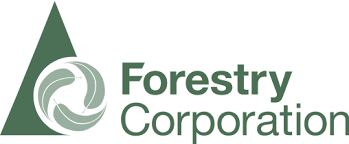Project BD3: Fauna call recognisers
 |
 |
 |
 |
In May-June 2020, the Forest Monitoring Steering Committee called for proposals from interested parties through a competitive grant process to develop call recognisers for a range of fauna species.
The Forest Science Unit at the NSW Department of Primary Industries were selected as the preferred provider. The unit will work closely with the Queensland University of Technology, NSW Forestry Corporation and AviaNZ.
The approach
Automated tools will be developed to rapidly and reliably process large volumes of data generated by acoustic recorders. The team are developing fauna call recognisers for a range of forest dependent species such as large forest owls and nocturnal mammals, to assist with the analysis of data collected during on-ground monitoring work for the species occupancy monitoring under the Coastal IFOA and Forest Monitoring and Improvement Program.
Existing software is being used to train call recognisers for 13 nominated species (see Table 1). This includes Queensland University of Technology’s in-house software (currently used by researchers and DPI for koala research), Kaleidoscope (a commercially produced software used widely by ecologists) and AviaNZ (Marsland, 2020), an open-source software recently released for recogniser development.
Progress to date
Software platforms were tested in August 2020 on male koala calls as there were existing recognisers for two of these software platforms. In addition, researchers had access to an extensive call library available for training and testing purposes. Based on this testing, researchers selected QUT’s and AviaNZ software to build recognisers for the remainder of the project.
Draft recognisers using both the AviaNZ and QUT Ecoacoustics Analysis Programs have been built for powerful owl, barking owl, boobook, yellow-bellied glider, grey-headed flying fox, sooty owl, masked owl, sugar glider and squirrel glider. Recognisers have been tested with training data. So far, the results from the nine draft recognisers are promising, but will be improved by adding a deep learning step called a convolutional neural network (CNN).
Next steps and timing
- Recognisers using both the AviaNZ and QUT Ecoacoustics AP will continue to be developed for the glossy-black cockatoo, rufous scrub-bird, brown treecreeper and bell miner.
- CNN will be built into the call recognisers for the Koala and if this provides significant improvements, it will be used on powerful owls and yellow-bellied gliders, then expanded out to the remaining call recognisers.
- The final report in April 2021 will provide information on the call recogniser development process, scripts for the recognisers and also information on the best methods for acoustic detectors to target the key species.
Papers and reports
- Biological diversity – Fauna calls - List of nominated species
The final report will be published on the Commission website and call recognisers will be made available on SEED.
